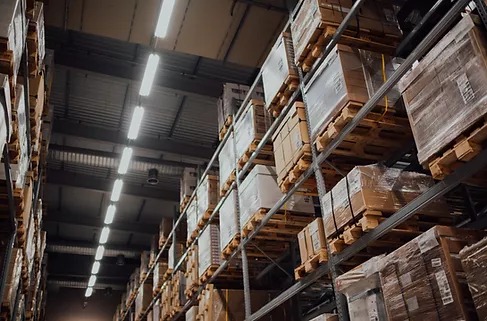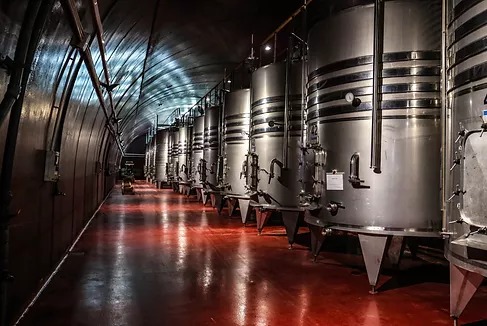Industries
1. Aerospace & Defense
2. Chemicals
3. Containers & Packaging
4. Electrical & Electronic Equipment
5. Industrial Machinery & Goods
Range of Typical Resource Transformation Risks
1. Energy Management
2. Business Ethics
3. Data Security
4. Hazardous Waste Management
5. Water Management
6. Political Spending
7. Health, Safety, and Emergency Management
8. Safety & Environmental Stewardship of Chemicals & Genetically Modified Organisms
9. Systemic Risk Management
HEALTHCARE
ESG Strategy
Supply Chain
INFRASTRUCTURE
Carbon Footprint





